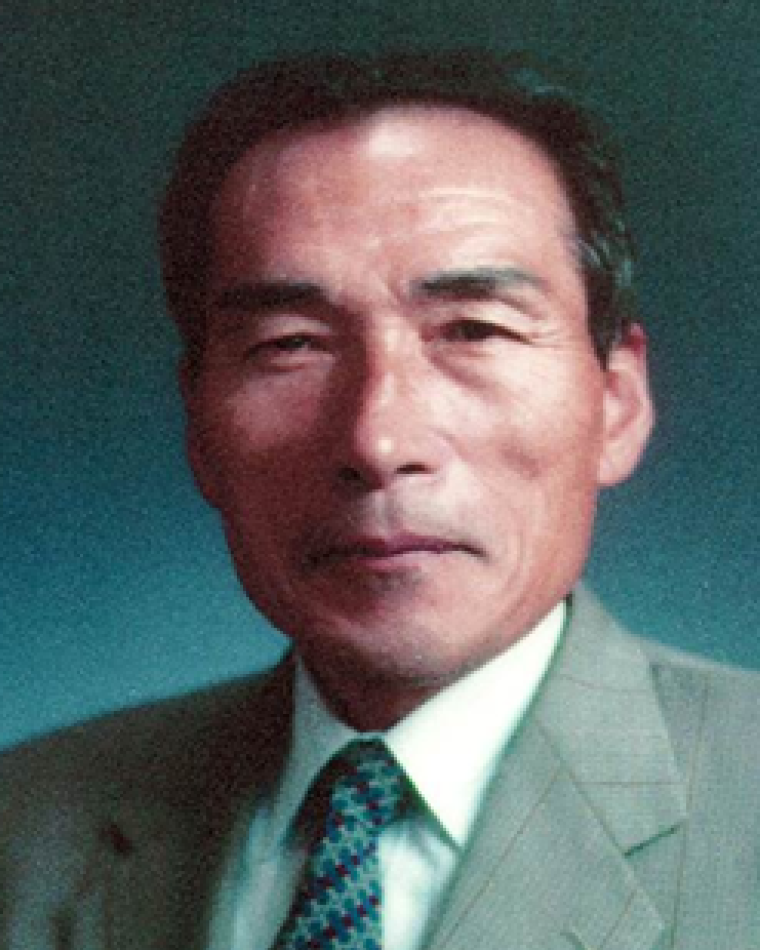
Hirosi Maeda
Hirosi Maeda
Contact Menu
June 12, 2014 (PO30). Dr. Hiroshi Maeda, the discoverer of Bi-Sr-Ca-Cu-O high-Tc superconducting cuprate compounds, passed away on May 24, 2014, at the age of 78. His contribution to applied superconductivity community is enormous. Especially, his discovery of Bi2Sr2Ca2Cu3Ox (Bi-2223) and Bi2Sr2CaCu2Oy (Bi-2212) opened the door to many high-temperature superconducting (HTS) applications, such as transmission cables, motors, high field magnets, and so on.
He was born in Fukui, Japan (1936). After finishing a B.S. in 1958 at the Department of Physics, Kanazawa University, he joined the National Research Institute for Metals (now NIMS) and started his research on magnetic materials. His major research achievement in this field was the development of high performance thin films for magnetic disks. He received a doctorate in science from Hiroshima University in 1971. His first involvement in superconducting and cryogenic technology was his research on magnetic refrigeration materials and systems, beginning in 1981. In 1985, he was promoted to group leader of the Superconducting and Cryogenic Materials Research Group and began research on superconducting materials.
The discovery of HTS oxide stimulated his own research as a material scientist and he started exploring new HTS compounds, which he has been synthesizing by himself. By the end of 1987 he succeeded in synthesizing Bi-Sr-Ca-Cu-O and found superconductivity at 105 K. His article reporting on this new HTS family was published at the beginning of 1988. Since then many researchers worldwide followed his path pursued both fundamental and application studies of these and similar compounds.
His discovery of Bi-cuprates high-Tc was honored with many prizes, such as the Tsukuba Prize (1989), Matthias Prize (1991), and other. In 1993, the Tsukuba Magnet Laboratory (TML) was founded as a part of NIMS and he became TML’s director. In the same year, he assumed the additional position of a professor at the Graduate School of Pure and Applied Science, University of Tsukuba (operated jointly by NIMS and University of Tsukuba).
After retiring from NIMS in 1996, he continued his research and educational work as a professor at the Institute for Materials Research, Tohoku University (1996–99) and Kitami Institute of Technology (1999–2002). He also made a stint at the National High Magnetic Field Laboratory, Tallahassee, USA (2001–03).
He contributed to applied superconductivity community activities also by serving as a Board Member of the International Cryogenic Materials Conference and the Cryogenics and Superconductivity Society of Japan.
His private passion was tennis and he was, indeed, a very good player. He could be found on a tennis court most every weekend.
One day in 1983, he played tennis with the Japanese crown prince family when they visited Tsukuba. He then paired with the princess Michiko (the present empress).